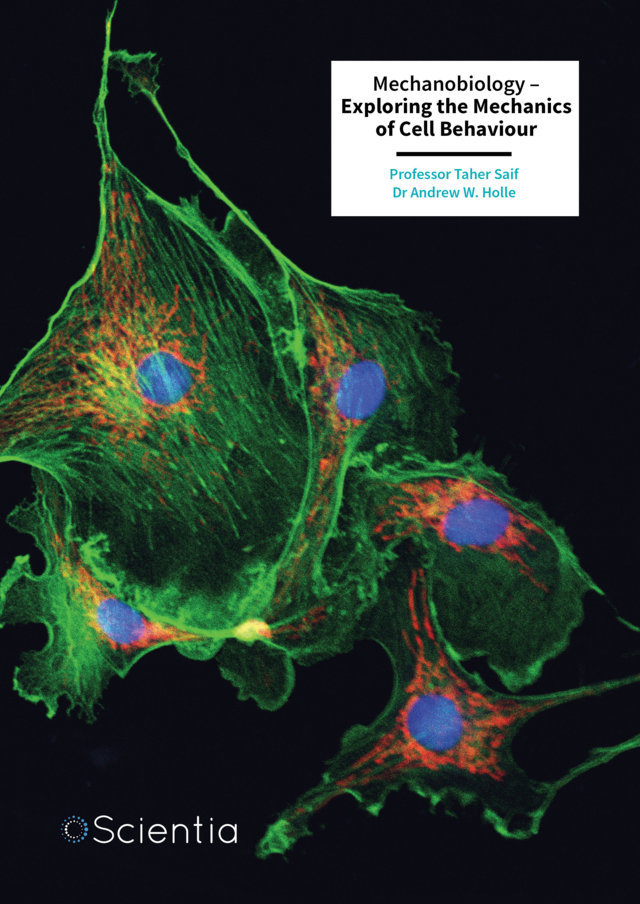Satellites are vital to modern civilization, powering the GPS in our phones, enabling long-range communication, and giving us insights into Earth’s climate and the universe beyond. We now launch thousands of new satellites into space each year, dramatically increasing the risk of collisions. Such satellite collisions create debris that can damage more satellites. Thomas Kleinig and his colleagues are developing and testing a new approach to avoid collisions by exploiting a unique property of the thin atmosphere that satellites travel through. More
In 1957, Earth’s only natural satellite – the moon – gained its first artificial companion, as the Soviet Union launched Sputnik into low Earth orbit. The companionship was short: after orbiting for three months, aerodynamic drag slowed Sputnik enough that it fell back to Earth, disintegrating due to friction with Earth’s atmosphere.
Today, thousands of satellites orbit overhead, playing crucial roles in our civilization. GPS satellites are vital to navigation, while meteorological satellites dramatically improve our ability to predict and understand the weather. Communications satellites enable real-time multinational calls, texts, and videos, while scientific satellites give us new insights into Earth and the universe.
In the decades after Sputnik, the number of active artificial satellites steadily grew, climbing to 1,000 by the year 2010. However, that number has since been rising exponentially as satellites become cheaper and ever more profitable. By 2020, the number of active satellites tripled to 3,000, and since 2020, this number has tripled again to 9,000 today. By 2030, we expect there to be over 50,000 active satellites orbiting Earth. This means that low-Earth orbit – between 160 and 2,000 kilometres above Earth’s surface – is going to be increasingly congested over the coming years, with frequent collisions occurring.
However, collisions in space aren’t like collisions on Earth. Satellites in low Earth orbit move just under 8 kilometres every second – ten times faster than a bullet fired from a rifle. If two satellites collide, they shatter into countless shards of twisted metal, and there’s hardly any air to slow them down. This means that two colliding satellites become thousands of ultra-speed bullets, spreading in different directions. If just one of these hits another satellite, it might plough a hole straight through it, or it could shatter it in turn, magnifying the problem.
This domino effect is called Kessler syndrome. If there are 50,000 satellites overhead by 2030, we need to be able to prevent collisions from happening.
When two satellites are likely to approach closer than an allowable threshold, one or both of the satellites must undergo a collision avoidance manoeuvre. These manoeuvres require satellites to burn fuel and eject propellant to adjust their course. However, satellites have extremely low fuel reserves, and using up their fuel for manoeuvres means they have less with which to achieve their primary function.
Thomas Kleinig and his colleagues at the University of New South Wales have developed a new approach to preventing collisions between low-Earth orbit satellites that does not require the use of any fuel. Their method exploits the phenomenon of ionospheric drag. Ionospheric drag describes the friction between a satellite and the ionosphere – the region between 50 and 1,000 kilometres above sea level.
The key to Kleinig and his colleagues’ approach is that the ionosphere is ionised. That is, unlike the atmosphere at sea level, the molecules in the ionosphere have been split by ultraviolet radiation from the Sun into a plasma of negatively charged electrons and positively charged nuclei.
If a satellite in space has a charged surface, the plasma in the ionosphere interacts with this charged surface to create electrical currents, producing a ‘plasma sheath’ around the body. Within this sheath, interactions between the plasma and the body are magnified, increasing the drag that the body experiences, and decreasing its altitude. Therefore, by altering the charge on a satellite’s surface, Kleinig and his team can control the amount of drag it experiences, thereby lowering its position.
Kleinig and his colleagues physically tested their ionospheric collision avoidance mechanism in space, using the Ionospheric Aerodynamic Experiment onboard the M2 spacecraft, launched in 2020. This allowed them to test the feasibility of ionospheric drag, and also test how effective it is compared to industry standard methods – the first real-world tests of ionospheric drag.
To test the technique’s feasibility, they induced a charge on the surface of the satellite between −20 and −100 volts, and found that the stronger the surface potential, the quicker the satellite moved out of a collision trajectory, confirming that the technique works in practice.
To measure the effectiveness of ionospheric drag, they set up a similar test case using a different technique that relies on rotating the satellite so that it has a larger surface area facing its direction of movement, essentially making it less aerodynamic and increasing drag. They found that the traditional technique was superior between 350 and 500 kilometres, but at higher altitudes the two techniques produced similar results. This suggests that ionospheric drag could be an effective tool for collision avoidance, and that it may be especially suitable above an altitude of 500 kilometres.
The dramatic, exponential rise in the number of satellites could end up destroying thousands of satellites through a domino of violent collisions, encircling the Earth with millions of shards of fast-moving metal. To avoid this scenario, we need a variety of robust techniques to actively prevent collisions. Kleinig and his colleagues have successfully developed and tested a novel, propellant-free technique to keep the skies safe.







